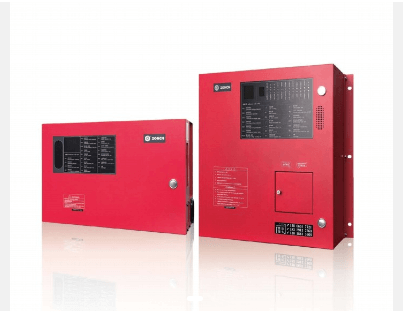
Inverters mostly work in high temperature, high humidity, dusty, corrosive gas and vibration environments, and the inverters have a long service life and have not been overhauled.
The impact of the installation environment on the inverter is as follows:
Working temperature. The inverter contains high-power electronic components, which are easily affected by the working temperature. The product generally requires 0-55°C, but in order to ensure safe and reliable operation, it should be considered to leave room when using it, and it is best to control it below 40°C.
Ambient temperature. When the temperature is too high and the temperature changes greatly, condensation is prone to occur inside the inverter, and its insulation performance will be greatly reduced, and it may even cause a short circuit accident.
Corrosive gas. If the concentration of corrosive gas in the use environment is high, it will not only corrode the leads of components, printed circuit boards, etc., but also accelerate the aging of plastic devices and reduce insulation performance.
Vibration and impact. When the control cabinet equipped with the inverter is subjected to mechanical vibration and impact, it will cause poor electrical contact.
Electromagnetic interference, the inverter should be kept away from strong electromagnetic interference sources, such as high-power radio transmitters, high-voltage substations, etc. Electromagnetic interference will affect the normal operation of the inverter.
Installation suggestions for frequency converters
Uniformly build frequency converter rooms to improve the working environment of frequency converters. Seal the main dust inlet of the frequency converter distribution cabinet and install a ventilation system. If the ambient temperature is 10°C higher, the life of the frequency converter will be reduced by half, so try to lower the ambient temperature. Strengthen the daily inspection, maintenance and maintenance of frequency converters on the existing basis.
Daily inspection of frequency converters is carried out every two weeks. Check and record the output three-phase voltage and output current of the frequency converter in operation, and pay attention to compare the balance between them. Check and record the ambient temperature and radiator temperature, check whether the frequency converter has abnormal vibration or sound, and whether the fan is running normally.
Each frequency converter needs to be cleaned and maintained once a quarter. Maintenance requires the removal of dust and dirt inside the frequency converter and in the air path, and the surface of the frequency converter should be wiped clean. During maintenance, carefully check the inverter to see if there are any hot and discolored parts inside the inverter, whether the cement resistor has cracks, whether the electrolytic capacitor has expansion, leakage, explosion-proof holes, etc., whether the PCB board is abnormal, and whether there are any hot and yellow parts. After maintenance, restore the parameters and wiring of the inverter. Let the inverter drive the motor to work at a low frequency of 3Hz for about 1 minute to ensure that the inverter works normally.
When installing the inverter, it is necessary to comprehensively consider environmental factors such as temperature, humidity, ventilation, dust, electromagnetic interference, vibration, installation space and power supply, and take corresponding protective measures according to the specific application scenario to ensure the stable operation and long life of the inverter. At the same time, the installation guide and technical manual provided by the inverter manufacturer should be followed for standardized installation and maintenance.

